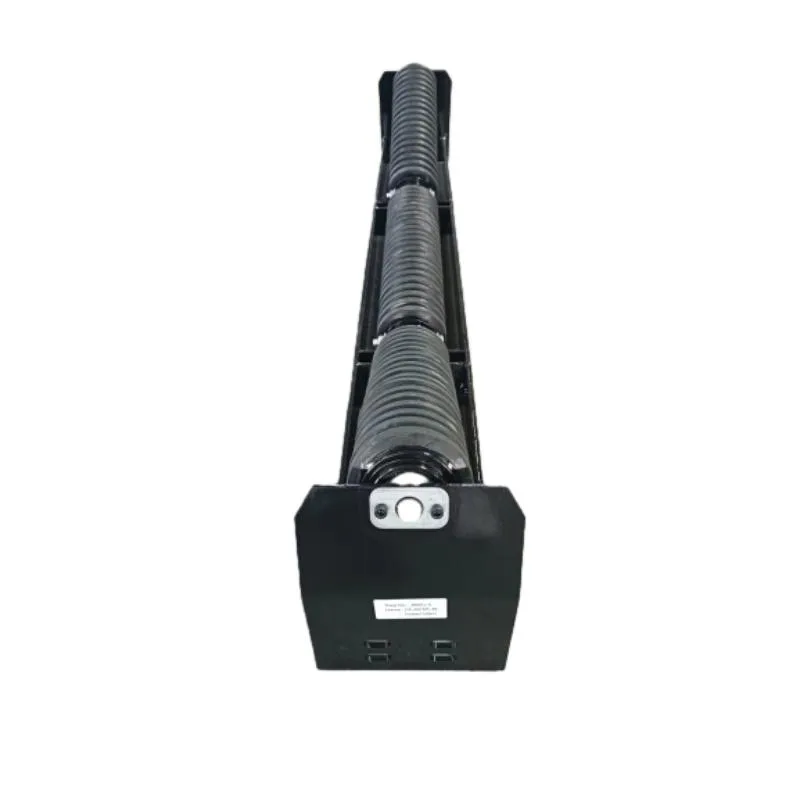 Afrikaans
Afrikaans  Albanian
Albanian  Amharic
Amharic  Arabic
Arabic  Armenian
Armenian  Azerbaijani
Azerbaijani  Basque
Basque  Belarusian
Belarusian  Bengali
Bengali  Bosnian
Bosnian  Bulgarian
Bulgarian  Catalan
Catalan  Cebuano
Cebuano  Corsican
Corsican  Croatian
Croatian  Czech
Czech  Danish
Danish  Dutch
Dutch  English
English  Esperanto
Esperanto  Estonian
Estonian  Finnish
Finnish  French
French  Frisian
Frisian  Galician
Galician  Georgian
Georgian  German
German  Greek
Greek  Gujarati
Gujarati  Haitian Creole
Haitian Creole  hausa
hausa  hawaiian
hawaiian  Hebrew
Hebrew  Hindi
Hindi  Miao
Miao  Hungarian
Hungarian  Icelandic
Icelandic  igbo
igbo  Indonesian
Indonesian  irish
irish  Italian
Italian  Japanese
Japanese  Javanese
Javanese  Kannada
Kannada  kazakh
kazakh  Khmer
Khmer  Rwandese
Rwandese  Korean
Korean  Kurdish
Kurdish  Kyrgyz
Kyrgyz  Lao
Lao  Latin
Latin  Latvian
Latvian  Lithuanian
Lithuanian  Luxembourgish
Luxembourgish  Macedonian
Macedonian  Malgashi
Malgashi  Malay
Malay  Malayalam
Malayalam  Maltese
Maltese  Maori
Maori  Marathi
Marathi  Mongolian
Mongolian  Myanmar
Myanmar  Nepali
Nepali  Norwegian
Norwegian  Norwegian
Norwegian  Occitan
Occitan  Pashto
Pashto  Persian
Persian  Polish
Polish  Portuguese
Portuguese  Punjabi
Punjabi  Romanian
Romanian  Russian
Russian  Samoan
Samoan  Scottish Gaelic
Scottish Gaelic  Serbian
Serbian  Sesotho
Sesotho  Shona
Shona  Sindhi
Sindhi  Sinhala
Sinhala  Slovak
Slovak  Slovenian
Slovenian  Somali
Somali  Spanish
Spanish  Sundanese
Sundanese  Swahili
Swahili  Swedish
Swedish  Tagalog
Tagalog  Tajik
Tajik  Tamil
Tamil  Tatar
Tatar  Telugu
Telugu  Thai
Thai  Turkish
Turkish  Turkmen
Turkmen  Ukrainian
Ukrainian  Urdu
Urdu  Uighur
Uighur  Uzbek
Uzbek  Vietnamese
Vietnamese  Welsh
Welsh  Bantu
Bantu  Yiddish
Yiddish  Yoruba
Yoruba  Zulu
Zulu bearing housing types
Understanding Bearing Housing Types
Bearing housings are essential components in machinery, serving as the protective casings that encase bearings and support their operation. They play a vital role in ensuring optimal performance, longevity, and reliability of rotating equipment across various industries, including manufacturing, automotive, and aerospace. Given the diversity of applications, it is crucial to understand the different types of bearing housings, their specific features, and the contexts in which they are best utilized.
Basic Functions of Bearing Housings
Before delving into the types of bearing housings, it is important to highlight their fundamental functions. Primarily, bearing housings provide support for the shaft and the bearings within them, maintaining alignment and minimizing friction. They also serve to protect bearings from external contaminants, such as dust, dirt, and moisture, which can significantly reduce their lifespan and effectiveness. Moreover, bearing housings accommodate lubrication systems that ensure the bearings operate smoothly.
Common Types of Bearing Housings
1. Flange Bearing Housings Flange bearing housings are characterized by a flange that allows for easy installation onto a flat surface. They are widely used in applications where the shaft needs to be mounted perpendicular to the mounting surface. Flange housings can be made from various materials, including cast iron and aluminum, providing strength and durability.
2. Pillow Block Housings Pillow block housings are a popular choice due to their versatility and robust design. They consist of a housing that supports a bearing and is mounted on a pedestal. This type of housing allows for easy installation and replacement of bearings. Pillow blocks are commonly found in industrial machinery, conveyors, and agricultural equipment.
3. Split Housings Split housings are two-piece designs, allowing for the bearing to be easily replaced or serviced without dismantling the entire assembly. This design is particularly beneficial in applications where maintenance access is limited. Split housings are commonly used in larger machinery, such as turbines and generators, where reducing downtime is critical.
bearing housing types

4. Take-Up Housings Take-up housings are used in applications where shaft alignment and tension need adjustment. They are equipped with an adjustable feature that allows for easy manipulation of the bearing position along the shaft, providing flexibility in installation and maintenance. These housings are often found in conveyor systems and various types of industrial equipment.
5. End Cap Housings End cap housings are typically used in applications involving thin-wall bearings. They are compact and provide a sealed environment to protect the bearings from contaminants. These types of housings are often seen in precision equipment, such as those found in the automotive and aerospace sectors.
Choosing the Right Bearing Housing
When selecting a bearing housing type, several factors must be considered to ensure that it aligns with the operational requirements. Load capacity, speed, environmental conditions, and maintenance accessibility are all critical aspects to take into account. For instance, applications exposed to harsh environments may require specially designed housings with enhanced sealing capabilities to protect against moisture and debris.
Additionally, the choice of material for the bearing housing can impact performance. Cast iron is ideal for its strength but may not be suitable in weight-sensitive applications. Conversely, aluminum offers a lightweight alternative but may require additional reinforcement for heavy loads.
Conclusion
The selection of the appropriate bearing housing can significantly influence the performance and longevity of machinery. Understanding the various types of bearing housings—flange, pillow block, split, take-up, and end cap—enables engineers and technicians to make informed decisions based on the specific needs of their applications. As industries continue to evolve and demand greater efficiencies, selecting the right bearing housing will remain a critical component in optimizing equipment performance and reliability. Investing time in understanding these components is essential for any professional engaged in the design, maintenance, or operation of mechanical systems.
-
Revolutionizing Conveyor Reliability with Advanced Rubber Lagging PulleysNewsJul.22,2025
-
Powering Precision and Durability with Expert Manufacturers of Conveyor ComponentsNewsJul.22,2025
-
Optimizing Conveyor Systems with Advanced Conveyor AccessoriesNewsJul.22,2025
-
Maximize Conveyor Efficiency with Quality Conveyor Idler PulleysNewsJul.22,2025
-
Future-Proof Your Conveyor System with High-Performance Polyurethane RollerNewsJul.22,2025
-
Driving Efficiency Forward with Quality Idlers and RollersNewsJul.22,2025





























